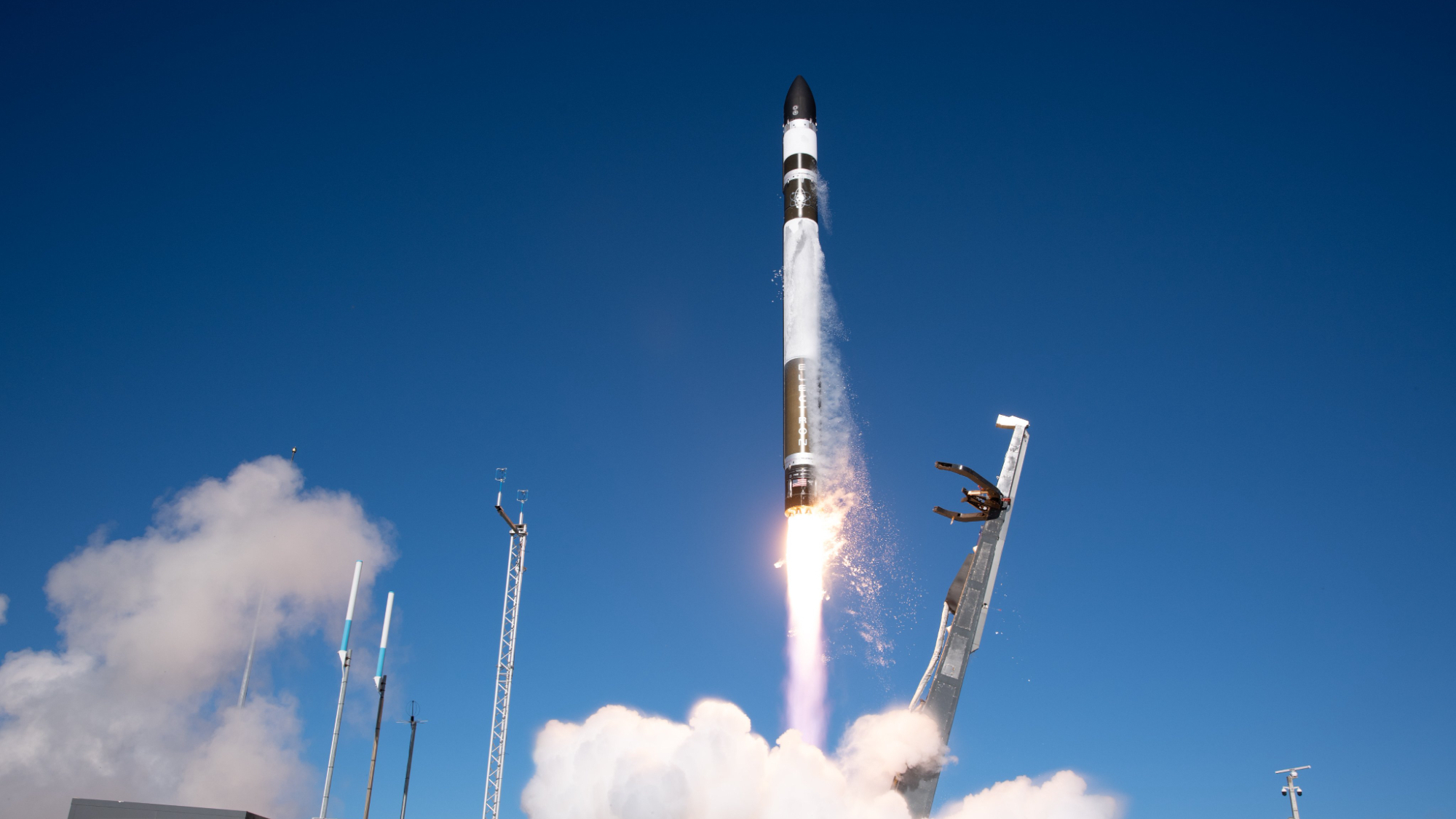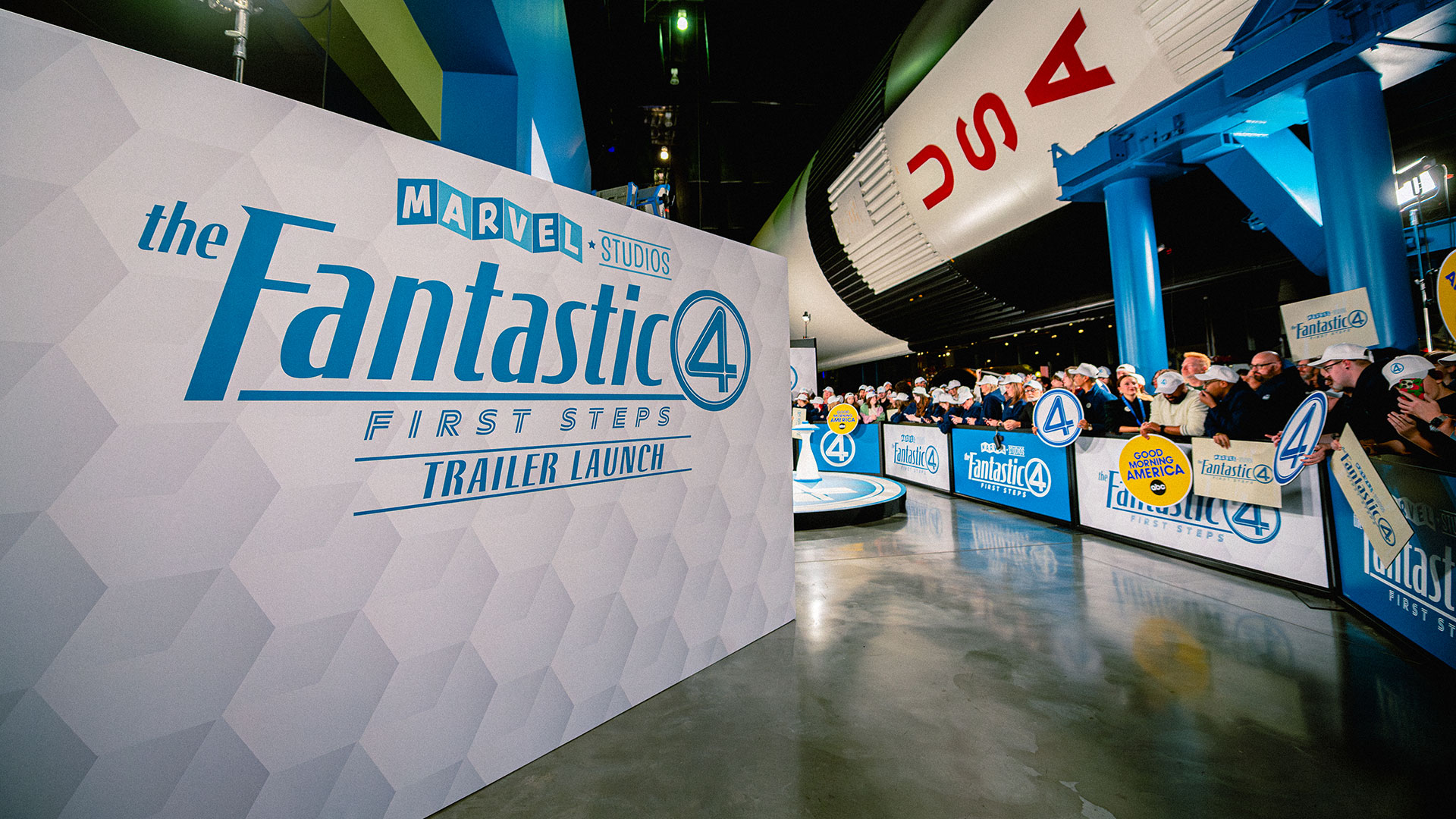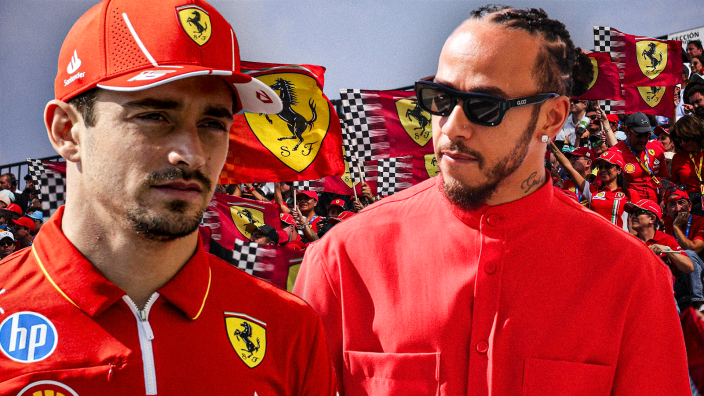The RACER Mailbag, February 5
Welcome to the RACER Mailbag. Questions for any of RACER’s writers can be sent to mailbag@racer.com. We love hearing (...)

Welcome to the RACER Mailbag. Questions for any of RACER’s writers can be sent to mailbag@racer.com. We love hearing your comments and opinions, but letters that include a question are more likely to be published. Questions received after 3pm ET each Monday will be saved for the following week.
Q: I just read about Ford joining the WEC, which is pretty awesome. I’m excited to watch that. But I’m seriously concerned about the future of IndyCar. It still seems no other manufacturer wants anything to do with the series, and there isn’t a new chassis coming until 2027. Is that enough? The Indy 500 used to be the one thing that brought manufacturers (I’m thinking the Buick/Menard in the ‘80s and ‘90s as well as the Mercedes 209 in 1994) to the forefront of motorsport. What is the allure of IndyCar with its charter system and spec chassis? What incentive does IndyCar give to a manufacturer’s ROI if it’s strictly a spec series?
Kris, Kokomo
MARSHALL PRUETT: Not much I can add to the conversation that I haven’t added 100 times or more since Lotus left after its disastrous single-season of engine supply in 2012.
Only item to tune up, possibly, is we can’t hang this one on Penske Entertainment as being at fault. Penske’s owned the series for five racing seasons — about to become his sixth — and IndyCar’s inability to procure a third or fourth manufacturer is 12 seasons old and about to become 13 seasons once St. Pete gets under way. The Hulman George family bore huge responsibility for that, and IndyCar CEO — now dual IndyCar and Penske Entertainment CEO — Mark Miles who was brought in by the family, and has been in that position since late 2012, which covers the entire two-manufacturer span.
That covers off the past and 2025 (and 2026, which is said to be the last year for the current car and engine formula). What matters is what happens with TV ratings, audience growth and gains in younger fans in 2025, because that’s what new and potential manufacturers will be watching to decide whether they want to start getting motors ready to join in 2027 under whatever engine formula is ratified.
So, yes, total mess from 2013-2024 in terms of landing a third. But the hand-wringing is over. What matters is the gains Penske Entertainment makes this year to show its series is worth major investment from the auto industry.
And a final note: It also needs to get both of its current manufacturers to agree to stay. Chevy seems like a lock, considering Penske’s ties in making Chevy’s motors through the Ilmor Engineering firm he co-founded and co-owns. Honda? Wait and see.
Q: I was at this year’s 24 Hours At Daytona and I had a wonderful experience. During the night I saw the No. 5 Mustang Sampling Porsche spin after it appeared to blow a tire exiting NASCAR Turn 2. That incident had me thinking, and after digesting some video highlights of the race, it seemed to me there were a lot of tire and suspension failures from what I’ve seen in Daytona races past.
What issues did Michelin come across over the course of the race? Were there some suspension set-ups the teams were using that could cause the tire failures like the ones we saw?
Brandon Karsten
MP: I don’t recall any trends in tire or suspension failures from the race that led me to think there was an issue with the tire vendors or suspensions as a whole. Teams don’t share setups, so that’s hard to answer, but there was new curbing at the Le Mans Chicane (aka the Bus Stop) which could have had an adverse effect for those who were overly aggressive in driving over them. Also, a tire puncture from debris is a fairly common thing in endurance racing; lots of hours so lots of increased odds of it happening.
Q: This question comes from before your time, but I’ll bet Big Possum remembers when tire companies (and I don’t recall if it was Goodyear or Firestone) would run ads bragging that their tires just lasted 500 miles at Indy or Daytona or wherever.
How much faster might they have been with current tire compounds? Why don’t organizations require harder compounds so they would be more durable, and also eliminate or reduce marbles, which might make better racing with more passing options?
John, sadly, in Illinois
MP: How much faster would old tires be if they were new tires? My brain is confused on that one.
Hard tires provide limited grip, which tends to make for terrible racing, unless you like really long brake zones, and a lot of coasting through corners instead of accelerating, and waiting until the car is pointed straight after the corner to hit the throttle. Drag racing, basically.
Goodyear, Firestone, Michelin, and Pirelli can all make hard tires that last forever and cast few marbles. And then we’d all be complaining about how the racing sucks because nobody could pass. If you’re looking for an example, find the Iowa Speedway IndyCar doubleheaders from last year and watch and see how long it takes before you fall asleep. I was there and needed three cups of coffee to keep from snoring.
Q: With the incredible growth in IMSA from both a manufacturer and fan perspective, the only thing missing is more races on the schedule. The current schedule has such large gaps it’s easy to lose fan interest. Have there been any rumblings about adding races at some of the great venues like Mid-Ohio and COTA?
Joe Hartsel
MP: There have not. It’s just an entirely different style of racing where its endurance underpinnings is the gift. Take your 17 IndyCar races, all of which last just under two hours (Indy is the exception). That’s 34 hours for those 16, races. IMSA tops that after its first two races — the Rolex 24 and Sebring’s 12 Hour—with 36 hours of action. And that’s nothing new.
I don’t disagree; I’d love to see it up around 15 or 16, up from the 11 it’s run for a little while now, but the costs to race for 24 hours, and 12, and six at Watkins Glen and Indy, and 10 to close the season at Petit Le Mans add up to a fortune, plus the two 100-minute street races and the rest which are 2h40m.
In Europe, IMSA’s counterpart at the WEC, which has a similar situation – it holds just eight races, including the 24 Hours of Le Mans. The European Le Mans Series does six races.
If things continue to prosper for IMSA and its manufacturers and teams want to do it, I’d love to see something that bridges the six weeks between Daytona and Sebring. At least for comparisons, IMSA does have a longer season to enjoy with its first race in January and last in October. IndyCar’s first is in March, and has a steadier frequency until its last in August.

















_Agata_Gładykowska_Alamy.jpg?#)























































